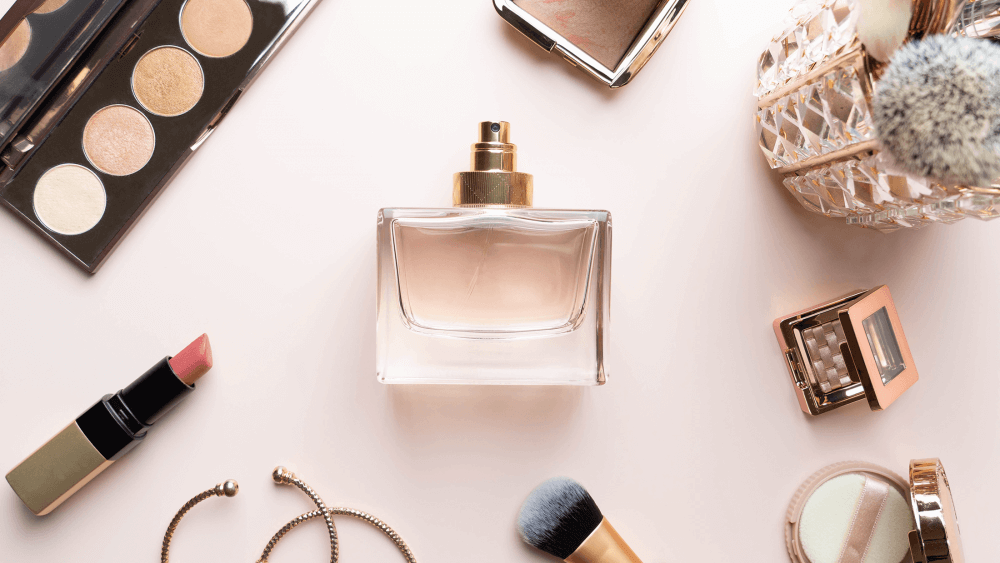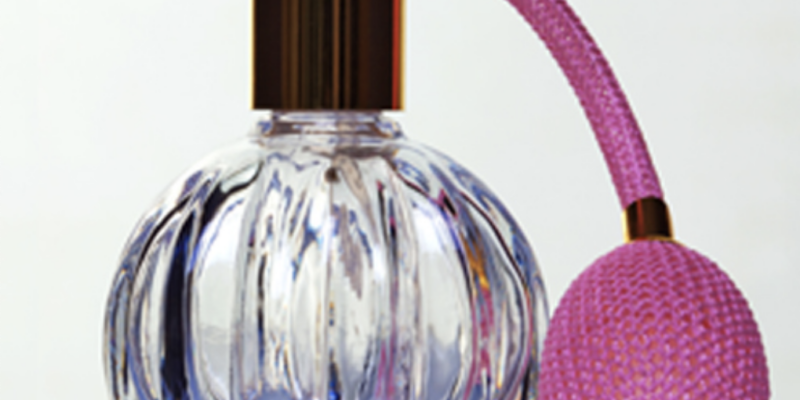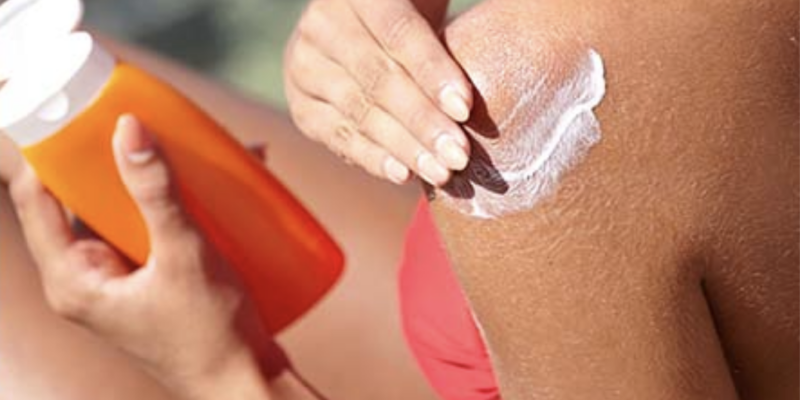What are Cosmetics?
Cosmetics—an umbrella term for many beauty, skin, and self-care products—are used by American households every day. Makeup, sunscreen, shampoo, conditioner, deodorant, perfume, and more are produced using a mixture of chemicals derived from natural or synthetically created sources.
Why are Chemicals Used in Cosmetics?
From preserving the product and adding fragrance, to making the product feel smooth and silky, there are many uses for chemicals in personal care products.
Keeping Cosmetics Safe and Clean
Preservatives in cosmetics are used to help prevent contamination and the growth of harmful bacteria. Some common preservatives include:
Preservatives
- Parabens are a group of preservative ingredients used in cosmetics, personal hygiene products, food products, and pharmaceuticals. They are highly effective in preventing the growth of fungi, bacteria, and yeast that can cause products to spoil, helping to extend shelf life. Parabens used in cosmetics are identical to those found in nature1 and have been used for almost 100 years as preservatives in the food, drug, and personal care and cosmetics industries.
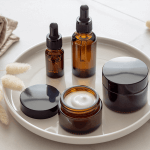 Formaldehyde may be best known for its preservative and anti-bacterial properties. All life forms–bacteria, plants, fish, animals and humans–naturally produce formaldehyde as part of cell metabolism. Formaldehyde-based chemistry is essential in the production of many personal care2 and consumer items. While not added directly to the product, many products may contain formaldehyde-releasing ingredients, which act as a preservative to help kill microorganisms and prevent growth of bacteria and other pathogens, extending product shelf life.
Formaldehyde may be best known for its preservative and anti-bacterial properties. All life forms–bacteria, plants, fish, animals and humans–naturally produce formaldehyde as part of cell metabolism. Formaldehyde-based chemistry is essential in the production of many personal care2 and consumer items. While not added directly to the product, many products may contain formaldehyde-releasing ingredients, which act as a preservative to help kill microorganisms and prevent growth of bacteria and other pathogens, extending product shelf life.
Plastics
Plastics are used in the packaging of cosmetics, helping to protect and preserve the products.
Enhancing Your Scent
 Fragrances
Fragrances
Fragrances are complex combinations of natural or synthetic substances added to many consumer products to give them a distinct scent. One of the oldest cosmetics, fragrance products combine fragrance ingredients with an individual’s natural properties to enhance the body’s scent. Cosmetics like shampoos, shower gels, shaving creams and body lotions contain fragrance intended to improve the user’s experience.
Aldehydes
Aldehydes are fragrant chemical compounds derived from organic materials, including rose, citronella, vanilla, and orange rind. Scientists also can create these compounds synthetically to use as ingredients for sweet-smelling perfumes and colognes.
Enhancing Product Pigment or Color
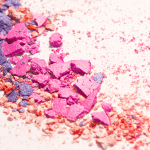
Titanium Dioxide
Titanium dioxide is a metal commonly found in plants and animals. Titanium dioxide has been used for a century in a range of industrial and consumer products like cosmetics, toothpaste, soap, and sunscreen.
Making Your Skin Feel Softer, Smoother, and Brighter
Emollients
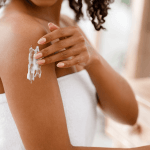 Emollients3 are used to make cosmetics smooth and easy to apply and make the skin feel softer and smoother. They are often used to treat dry, itchy skin conditions such as eczema and psoriasis. By filling in the gaps between skin cells, emollients are also called barrier creams because they form a film on the skin’s outer layer to retain moisture and help prevent the skin from drying out. Emollients are found in creams, lotions, ointments, and sprays. Some common emollients include:
Emollients3 are used to make cosmetics smooth and easy to apply and make the skin feel softer and smoother. They are often used to treat dry, itchy skin conditions such as eczema and psoriasis. By filling in the gaps between skin cells, emollients are also called barrier creams because they form a film on the skin’s outer layer to retain moisture and help prevent the skin from drying out. Emollients are found in creams, lotions, ointments, and sprays. Some common emollients include:
- Mineral oil is a clear, odorless liquid and a common ingredient in a variety of cosmetics and personal care products. Mineral oil is a lightweight ingredient used in baby lotions, cold creams, ointments and many other cosmetic and personal care products, due to its ability to help reduce water loss from skin and keep it moisturized.
- Petroleum jelly4 is a thick, colorless or pale-yellow semisolid found in personal care and cosmetics products, including bath products, cleansing products, skin care products, makeup, shampoos, conditioners, and shaving products.
- Glycerin, or glycerol, is a sugar alcohol with a variety of applications in pharmaceuticals, personal care products, and food products. It is added to personal care products to help protect the skin from irritants and bring moisture to the surface of skin and hair.
Citric Acid
Citric acid is used in cosmetics and personal care products to help brighten skin, correct dark spots and minimize fine lines. It can also be used to as preservative and to help adjust the products’ pH levels.
Protecting Your Skin from the Sun
 Sunscreens are used to help protect the skin from the sun’s harmful UV rays. Common sunscreen ingredients include:
Sunscreens are used to help protect the skin from the sun’s harmful UV rays. Common sunscreen ingredients include:
- Benzophenone is used in skincare products like soap and lip balm to help prevent the other product ingredients from degrading under UV light – protecting the product’s color and scent.
- Oxybenzone is a derivative of benzophenone, and is an ingredient in many sunscreens due to its ability to absorb harmful UV rays.
- Zinc oxide is a white, powdery mineral that can help block harmful UV rays from the skin and prevent sunburn.
Cleansing, Lathering, and Dissolving Other Substances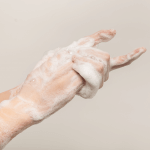
Surfactants
Surfactants make it possible for soap to mix with water by lowering the water surface tension. Surfactants also are used as an ingredient in lubricants, such as shaving cream, where they allow razors to easily remove stubble and help limit irritation.
- Sodium lauryl sulfate (SLS), a cleaning agent and surfactant, is an ingredient in many personal care and cleaning products. SLS can be derived from natural sources like coconut oil and palm kernel oil and can also be manufactured in a laboratory setting.
Toluene
Toluene, also known as methylbenzene, is a clear, colorless liquid with a distinctive sweet smell that is widely used in industrial settings as a solvent. Toluene has been used as an ingredient in nail polish removers, due to its ability to help dissolve other substances, such as resins and plasticizers. It has also been used in the formulation of nail products to enable nail polishes, hardeners and lacquers to be applied smoothly.
Acetone
Acetone is widely used because it can easily mix with water, and evaporates quickly in the air. It is a primary ingredient in many nail polish removers as it helps break down nail polish, making it easy to remove with a cotton swab or cloth.
Safety Information
Safety5 is a top priority for cosmetics and personal care products companies and the development of new cosmetics or personal care products involves numerous scientific disciplines. Chemists, biochemists, microbiologists, toxicologists, and others work together to help ensure the safety and efficacy of every new product brought to market. In the U.S., cosmetics and personal care products are regulated by the Food & Drug Administration (FDA) under the Food, Drug & Cosmetic Act (FD&C Act)6, the Fair Packaging & Labeling Act (FPLA)7 and the Modernization of Cosmetics Regulation Act (MoCRA)8 of 2022.
Sources
- CosmeticsInfo.org (Personal Care Products Council)
- CosmeticsInfo.org (Personal Care Products Council)
- The Cleveland Clinic
- CosmeticsInfo.org (Personal Care Products Council)
- CosmeticsInfo.org (Personal Care Products Council)
- Federal Food, Drug, and Cosmetic Act (FD&C Act)
- Fair Packaging & Labeling Act (FPLA)
- Modernization of Cosmetics Regulation Act of 2022

